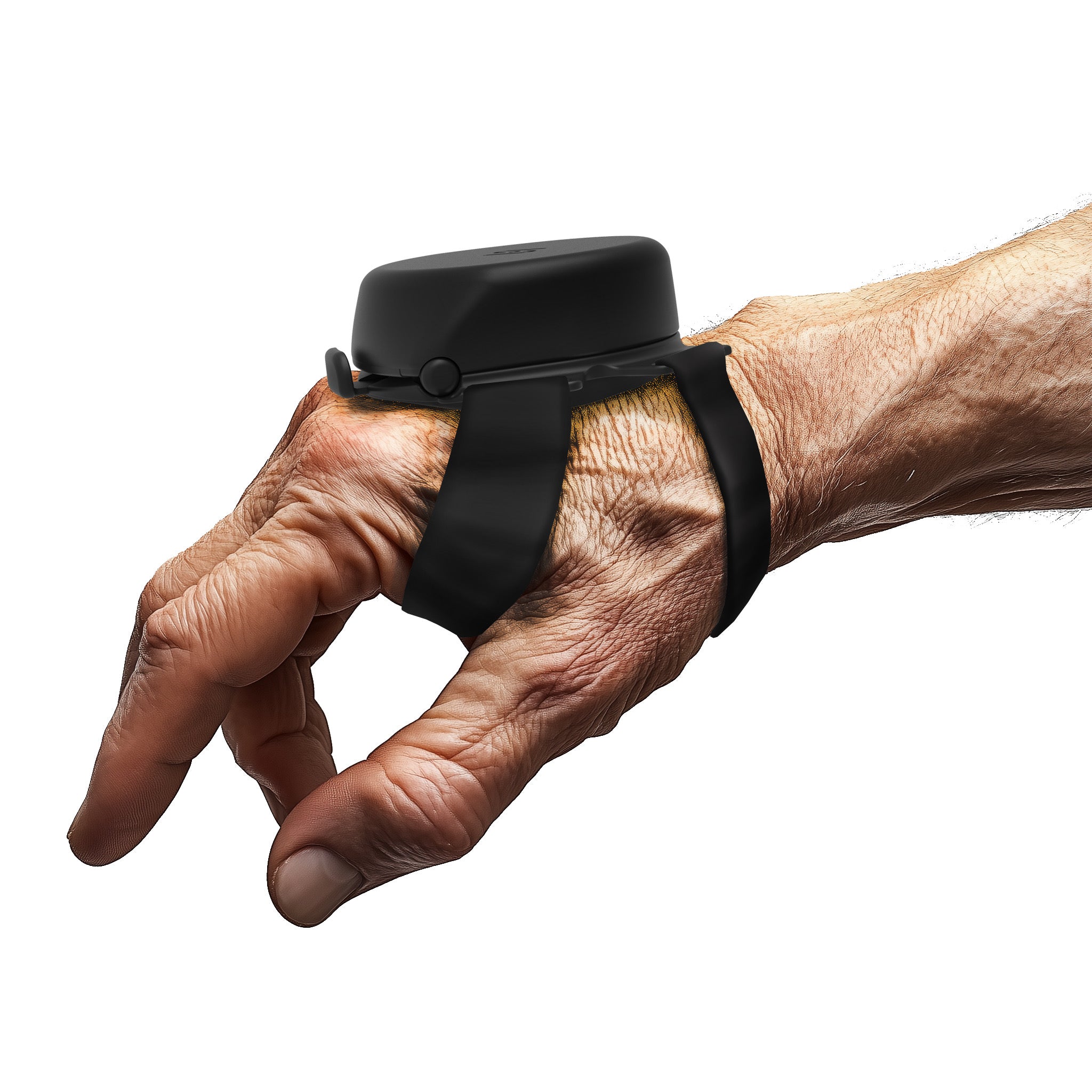The essential tremor market is expanding rapidly, with a growing demand for innovative solutions that can help individuals lead a more normal life. From adaptive utensils to cutting-edge wearable devices, the industry is witnessing a surge in products designed to cater to the unique needs of those with hand tremors. Let's explore the business opportunities in this burgeoning market.
Adaptive Utensils: More Than Just Eating Tools
One of the most common challenges faced by individuals with hand tremors is the simple act of eating. Traditional utensils can be difficult to handle, leading to frustration and even embarrassment during meals. Recognizing this need, several companies have introduced adaptive utensils for tremors. These range from weighted utensils, which provide stability, to specially designed tremor spoons like the spoon for shaking hands. Brands such as Liftware, ELISpoon, and S’up Spoon have carved a niche for themselves, offering products that not only aid in eating but also restore a sense of dignity to the users. The demand for such tremor utensils is on the rise, presenting a lucrative business opportunity for manufacturers and suppliers.
Wearable Devices: The Future of Tremor Management
Beyond utensils, wearable devices have emerged as a game-changer in the essential tremor market. These devices, often backed by extensive research and technological advancements, aim to reduce or manage tremors in real-time. The Cala Trio wristband, for instance, is an FDA-registered device that uses gentle stimulation to target the central tremor network, offering relief from symptoms. The positive feedback and growing demand for such products highlight the vast potential in this segment. For businesses, this means opportunities in manufacturing, distribution, and even in gathering user feedback for continuous product improvement.
The Supply Chain: From Manufacturers to End Users
With the increasing demand for tremor management products, there's a significant business opportunity in the supply chain. Wholesale tremor glove suppliers in Canada, for instance, play a pivotal role in ensuring that these products reach a global audience. From production to distribution, businesses can tap into various stages of the supply chain, ensuring that innovative products are readily available to those in need.
Expanding the Product Range: Beyond Utensils and Wearables
While utensils and wearables dominate the current market, there's potential for expansion into other product categories. Gadgets for disabled hands, for instance, can range from specialized computer mice and keyboards to innovative smartphone accessories. The key is to identify the unique challenges faced by individuals with tremors and design products that address these specific needs. With the right research and a keen understanding of the market, businesses can introduce products that not only fill a gap but also revolutionize the way individuals with tremors navigate their daily lives.
Research and Development: The Backbone of Innovation
The rapid advancements in the essential tremor market can be attributed to the relentless efforts in research and development. Leading companies and startups alike are investing heavily in R&D to understand the intricacies of tremors better and to develop solutions that are both effective and user-friendly. Collaborations between neurologists, engineers, and product designers have led to breakthroughs in product functionality and design. For instance, the development of the Parkinson's spoon was a result of understanding the specific tremor patterns associated with Parkinson's disease and designing a product that counteracts those movements. As the market grows, there's an increasing opportunity for businesses to invest in research, either independently or in collaboration with academic institutions, to drive the next wave of innovations.
Community Engagement and Awareness
While there's a growing awareness about essential tremors and the challenges associated with them, there's still a long way to go in terms of widespread understanding and empathy. Businesses have a unique opportunity to engage with communities, not just as sellers but as educators. Organizing workshops, webinars, and community events can help in demystifying tremors and shedding light on the available solutions. For instance, hands-on demonstrations of wrist weights for tremors can help potential users understand their benefits better. Engaging with the community also offers businesses valuable feedback, which can be instrumental in product refinement and development. By positioning themselves as not just product providers but also as pillars of support and information, businesses can build trust and loyalty within the community.
Conclusion
The essential tremor market is ripe with opportunities for businesses that are willing to innovate and cater to the unique needs of this segment. With the right approach, companies can not only tap into a growing market but also make a meaningful difference in the lives of countless individuals. As the industry continues to evolve, the future holds promise for even more groundbreaking solutions and business ventures.



